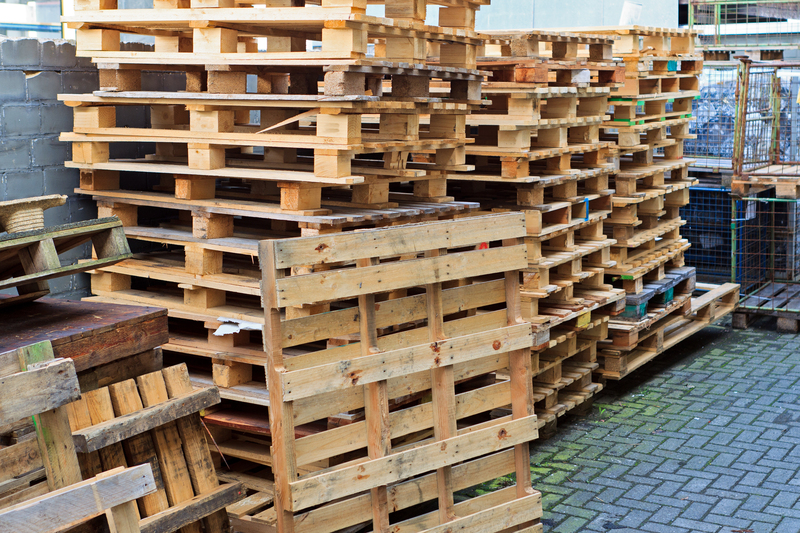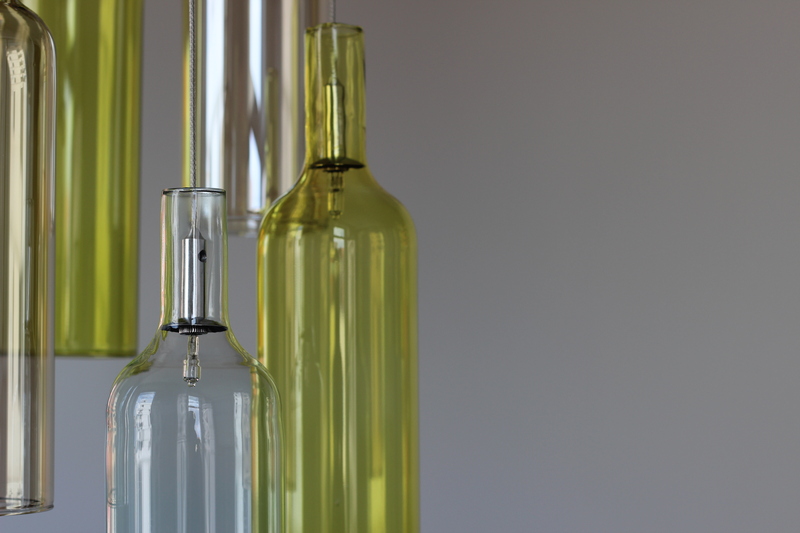Tackling Microplastic Pollution: Can We Stop It?
The challenge of microplastic pollution has increasingly gained attention worldwide as an environmental emergency that necessitates urgent action. Despite being a relatively new topic in environmental science, microplastics have already had a profound impact on our ecosystems, wildlife, and even human health. This article explores the causes, effects, and potential solutions to halt this insidious form of pollution.
Understanding Microplastic Pollution
Microplastics are small plastic particles, generally less than 5mm in diameter. They originate from a variety of sources, including the gradual breakdown of larger plastic waste, the shedding of synthetic textiles, and the use of microbeads in personal care products. These microscopic pollutants are nearly ubiquitous, infiltrating ocean waters, freshwater systems, and even the air we breathe.
Sources of Microplastic Pollution
- Fragmentation of Larger Plastics: Over time, ultraviolet rays, wave action, and physical abrasion break down larger plastic items into micro-sized particles.
- Consumer Products: Many cosmetics and cleaning products contain microbeads, tiny pellets that offer abrasive qualities but contribute significantly to environmental pollution.
- Textile Fibers: Synthetic clothing sheds microscopic fibers during washing, which can escape water treatment facilities and enter natural water bodies.
The Consequences of Microplastic Pollution
Microplastic pollution does more than just contaminate environments; it poses widespread risks that affect multiple facets of life:
- Impacts on Marine Life: Marine organisms often ingest microplastics, mistaking them for food. This can result in physical harm, malnutrition, and even death.
- Ecosystem Disruption: Microplastics can transport pollutants throughout marine food chains, affecting biodiversity and ecosystem stability.
- Human Health Risks: Accumulation of microplastics in seafood and drinking water poses potential health risks, with recent studies indicating that these particles may infiltrate human organs.


Can We Stop Microplastic Pollution?
Turning the tide against microplastic pollution is a formidable challenge, but one not beyond human ingenuity and collective effort. Here, we explore some strategies to mitigate this growing menace.
Policy and Regulation
Government policies play a critical role in curbing microplastic pollution. Legislative measures such as banning microbeads in cosmetics and enforcing stricter recycling standards can make a noticeable difference. Some countries have already taken the lead in such regulatory actions.
Innovation and Technology
Technological innovation offers exciting opportunities to combat microplastic pollution. New materials designed to break down quickly without polluting the environment can potentially replace traditional plastics.
- Biodegradable Plastics: Research into bioplastics aims to develop materials that decompose naturally and minimize their environmental footprint.
- Advanced Filtration Systems: Upgraded water treatment processes are crucial for capturing microplastics before they enter water bodies.
Public Awareness and Education
The role of consumer awareness cannot be understated. Educational campaigns to inform the public about the sources and consequences of microplastic pollution, coupled with recycling literacy, can empower individuals to make environmentally conscious choices.
Corporate Responsibility
Companies have a significant impact on plastic pollution through their production processes and product design. Advocating for corporate responsibility and sustainable practices not only benefits the environment but can also boost brand value.
Research and Scientific Advancements
Continuous research is fundamental to understanding microplastic pollution and developing effective solutions. Studies aimed at determining the transport mechanisms, persistence, and degradation pathways of microplastics are essential for devising robust remediation strategies.
Global and Local Efforts
Addressing microplastic pollution requires efforts at both the global and local levels. International cooperation and local community actions are crucial for mitigating impacts.
International Collaboration
Global partnerships such as the United Nations Environment Program (UNEP) and the International Maritime Organization (IMO) foster collaboration across nations to tackle plastic pollution comprehensively.
Community Initiatives
Local actions, like beach clean-ups and community recycling programs, play a tangible role in reducing microplastic accumulation in the environment.
Final Thoughts
The fight against microplastic pollution is complex and multidimensional, involving intricate ecological, economic, and social considerations. However, by leveraging technology, policy, awareness, and global cooperation, we can strive towards a less polluted and more sustainable world. The challenges are manifold, but with concerted effort, we can significantly mitigate the impact of microplastics and protect our planet for future generations.
Ultimately, tackling microplastic pollution requires a collective effort from individuals, industries, and governments alike. By adopting comprehensive strategies and fostering global collaboration, we hold the potential to curb this global menace effectively.